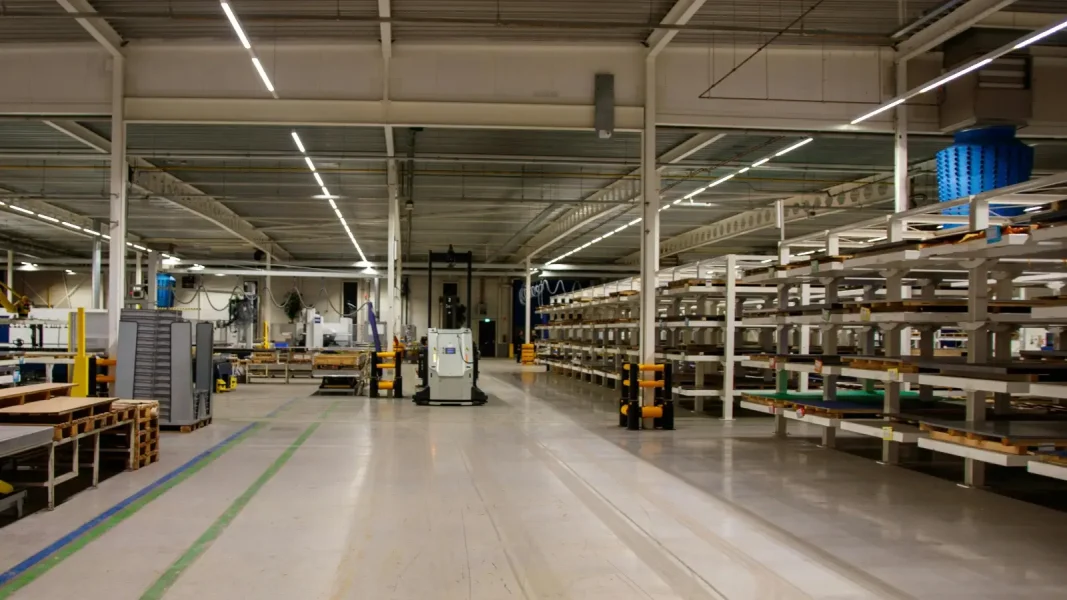You are a purchasing manager and receive an internal request for a pricing solution. Your category managers and marketing team have expressed the need for a high-performance tool to optimize your brand’s pricing strategy.
You’re wondering whether it makes sense to invest in this type of tool. What will be the ROI of such a solution? What impact will it have on brand performance?
Of course, as a buyer, these are legitimate questions. But, beyond the acquisition of a solution, the pricingalso impacts your business.
In this article, discover how pricing and purchasing are interconnected, and how theadoption of a pricing solution promotes inter-departmental collaboration to maximize profitability and competitiveness.
Pricing and cost optimization: two complementary levers for maximizing margins
In retail, the purchasing department occupies a strategic position. As the guarantor of supplier relations and supply conditions, it plays a key role in defining the prices offered to consumers.
Indeed, to set the “right price” for a product, it is necessary to combine the need to generate sufficient margins while remaining attractive to the consumer. This task generally falls to dedicated pricing teams .
In retail, maximizing margins relies on the interaction between pricing and purchasing.
The pricing strategy aims to set a price that is acceptable to the consumer, while maintaining sufficient profitability and remaining competitive in your market.
For their part, buyers have to balance several priorities: negotiating competitive prices while maintaining product quality, and respecting commercial margins.
Pricing and purchasing are two sides of the same coin. They help to sustain an attractive pricing policy for consumers, and ensure that margins remain viable in the face of market pressures.
When purchasing costs rise, the pressure is greater on pricers, who have to decide how much of the increase to pass on to the end consumer. On the contrary, if the purchasing department optimizes costs, pricers have more latitude to set their prices.
The brand’s pricing strategy, whether unified (same prices across all channels and markets), differentiated (prices adapted to segments, zones or channels), or hybrid (combination of the two), has a direct influence on the work of buyers. In a brand renowned for its low prices, the pressure on the purchasing department to obtain ultra-competitive purchasing conditions is very strong.
Generally speaking, optimizing purchasing costs is not limited to a systematic reduction in expenditure. Rather, it’s about boosting competitiveness by optimizing sourcing to identify suppliers offering excellent value for money, or by working on long-term partnerships.
To understand the difference between unified, differentiated and hybrid pricing strategies, we invite you to read our article here
Knowledge of price elasticity, an argument for purchasing negotiations
Knowing the price elasticity of demand gives the purchasing department an additional argument when negotiating with suppliers.
Firstly, it provides a better understanding of market sensitivity. Price elasticity measures the responsiveness of demand to price variations. If demand for a product is elastic, a decrease in price can lead to a significant increase in quantity demanded. Buyers can use this argument to negotiate lower purchase prices from suppliers.
L’A/B testing on prices complements this approach by testing different pricing hypotheses on a sample of customers or points of sale, in order to precisely measure their impact on sales and profitability. By cross-referencing these results with elasticity analysis, the purchasing department has a clearer view of the situation, enabling it to adjust its pricing and sourcing strategies.
By understandingprice elasticity and exploiting the lessons learned from A/B price testing, the purchasing department can better anticipate the impact of price variations on sales and margins. This enables them to negotiate purchasing conditions that maximize profit margins while remaining competitive in the marketplace.
Monitoring competitor prices, a key factor for purchasing too
With a view to optimizing costs, margins and competitiveness, the purchasing department must constantly monitor market fluctuations and adapt accordingly. This ability to adapt is based not only on continuous competitive intelligence, but also on the integration of an eco-responsible pricing approach. eco-responsible pricingpricing approach, aimed at reconciling economic performance with sustainable commitment. By strategically adjusting prices, we can not only remain competitive, but also avoid losses due to overstocking, unsold products or late price adjustments.
In retail, if your competitors change their prices, you need to react quickly to minimize the impact on your sales. But if you have to lower your prices to keep up with the market, you also need to maintain your margin levels.
In such cases, the purchasing department must be able to act swiftly, by renegotiating with suppliers or seeking out new sources of supply. to maintain margins. This type of situation can also be anticipated by negotiating flexible supplier contracts including price revision clauses or options to adjust order volumes.
This adaptability requires close collaboration with other departments, notably the marketing and sales department and the pricing team, to align the purchasing strategy with the company’s overall pricing strategy.
The adoption of intelligent solutions can also greatly help to anticipate demand levels and market fluctuations in order to adjust prices, as well as promote faster, more accurate purchasing decisions.
Adopting a pricing solution, a lever for competitiveness and profitability
Since you’re in charge of purchasing, you’re bound to be part of the purchasing committee that decides on the acquisition of a new pricing solution.
You take part in defining requirements and drawing up specifications in collaboration with end-users, the IT department, marketing and controlling. You contribute to sourcing and selecting potential suppliers. You may also act as the first point of contact with suppliers in response to calls for tender, and be involved in evaluating solutions and negotiating contracts.
To make the right choice, you need to bear in mind the advantages of adopting a pricing solution :
- Optimizing prices and maximizing profitability
- Competitive responsiveness
- More effective management of pricing strategies : for example, you can change your prices more often, since pricing is largely automated.
- Save time and resources: the solution frees pricing teams from part of their operational workload. Pricers can concentrate more on analysis and strategy.
- Improved decision-making intelligence: pricing decisions are based on up-to-date data and strict rules.
- Adaptability to market conditions
- Measurable return on investment: you can track the impact of pricing actions on sales and margins to assess the ROI of the solution.
----------------------------
Pricing strategy and purchasing are not only interdependent functions, they form a strategic duo to maximize a retailer’s performance.
For the purchasing department, supporting the acquisition of a pricing solution means making a direct contribution to the company’s profitability and competitiveness, while at the same time having the necessary tools to anticipate needs, streamline procurement processes and align with the company’s global strategy.
This is all the more true if you also have a complementary software solution for procurement and purchasing.
As a buyer, you are a key player in this transformation. So, are you ready to make pricing an essential ally in maximizing your brand’s profitability?






